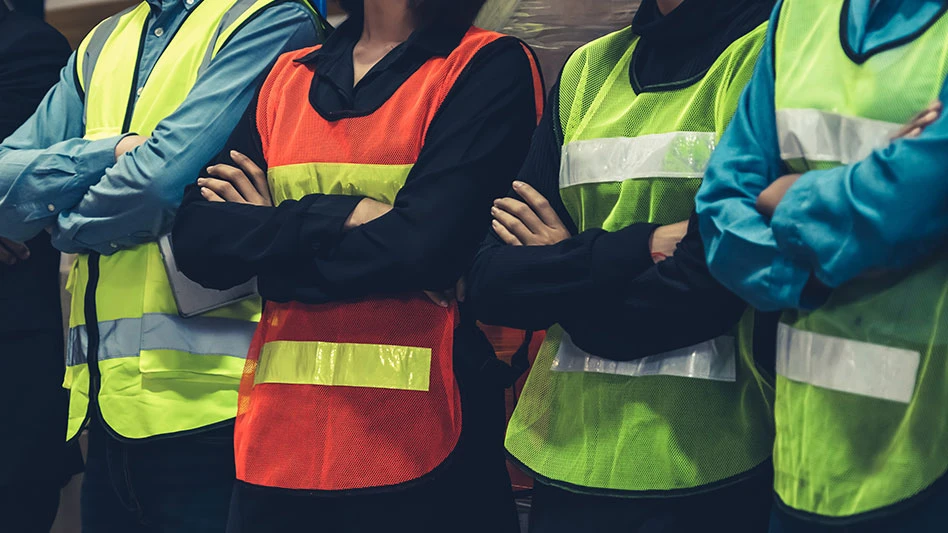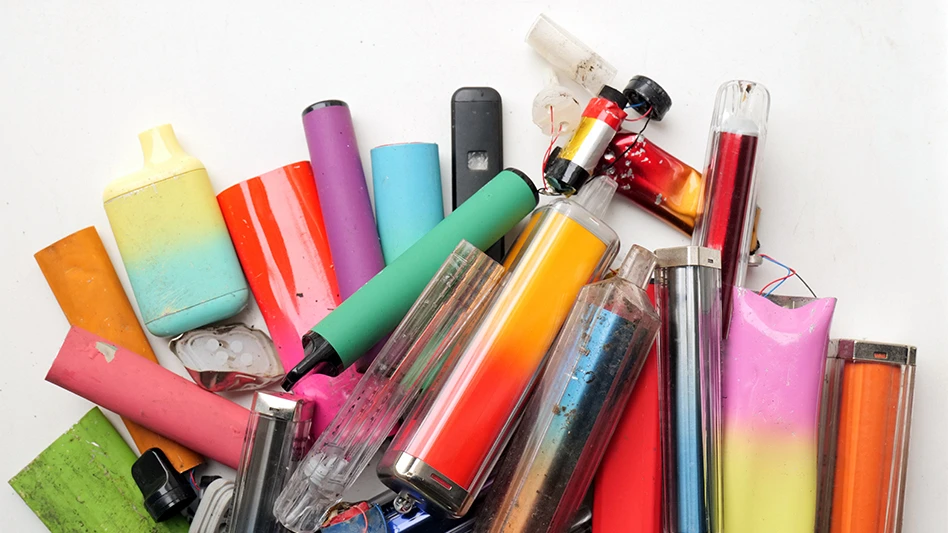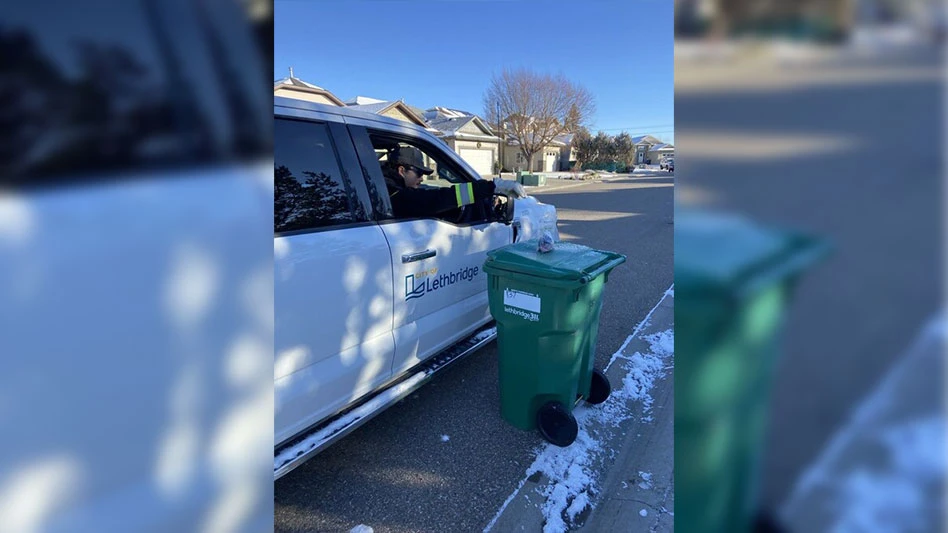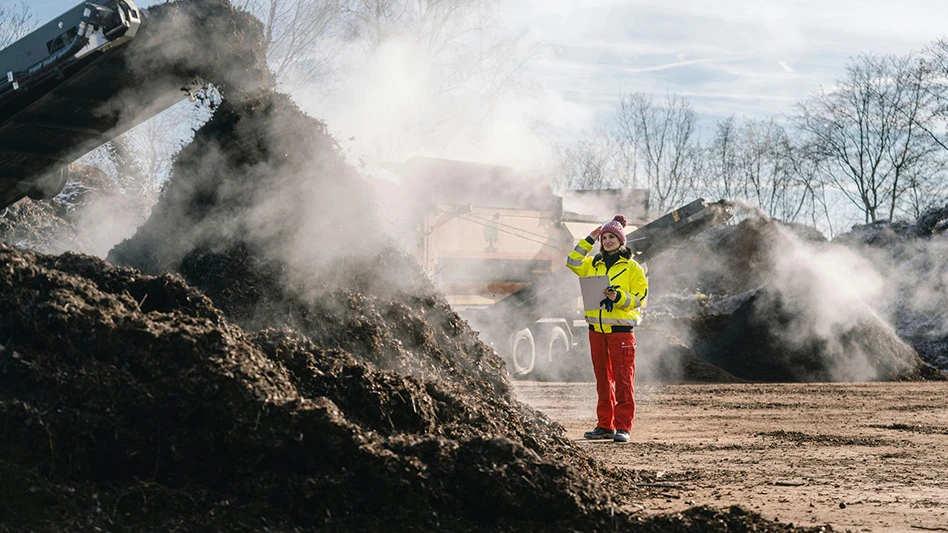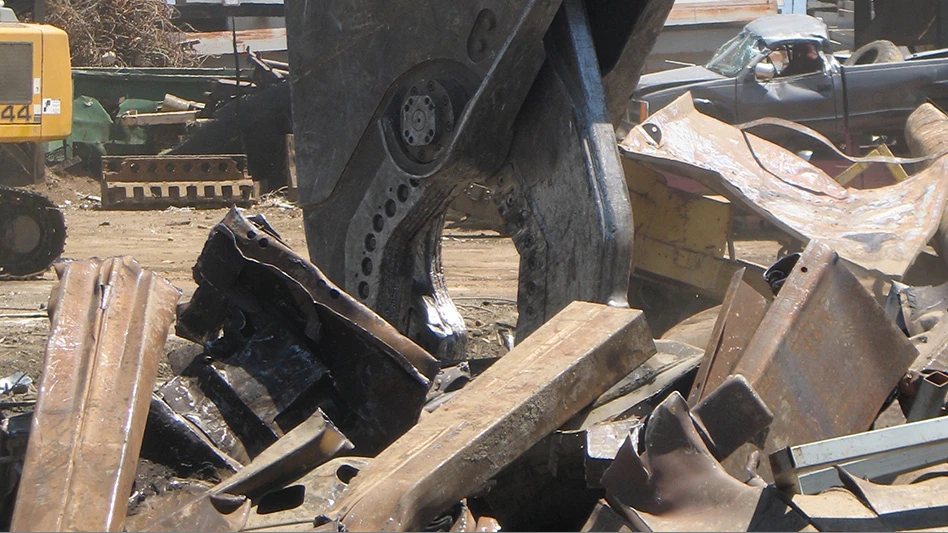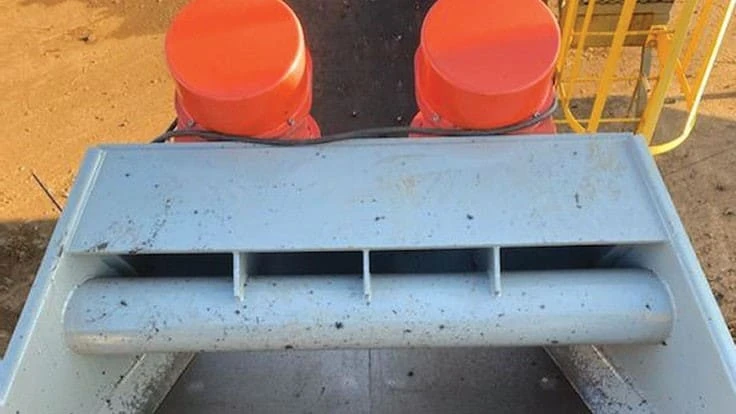
Photo courtesy of Eriez
Garden Street Iron & Metal Recycling was a family-owned and operated scrap processor headquartered in Cincinnati. The company is known for its early adoption of new scrap metal processing equipment and for incorporating the latest in scrap recycling technology.
“Utilizing the most advanced technologies has been an objective since our company’s founding more than 50 years ago,” says Tyler Weber, Cincinnati operations manager and grandson of Earl Weber, one of the company’s founders. “A lot of our new technology has come to us through our strong partnership with Eriez, a supplier who has provided us powerful magnetic separators, feeders and other next-generation equipment.”
Excessive wear and tear
As the company has many times in the past, Garden Street came to Eriez recently for a customized solution to a problem that plagued the operation for years. More than 140 tons of steel per hour pass over the company’s ferrous stacking conveyor systems, causing a good deal of wear and tear. The impact of this high volume of ferrous scrap dropping onto the stacking belt causes rips and tears in the belt and requires considerable maintenance on a regular basis that ranges from patching to more involved repairs. Ahead of the conveyor are two 96-inch Eriez P-Rex Rare Earth Scrap Drums and an Eriez PokerSort Separator.
Garden Street tracked the annual maintenance costs connected to the stacking conveyor belts and discovered that, annually, the company was replacing $5,000 worth of conveyor belts, taking three or four employees away from other assignments for a day and often shutting down the shredder.
“That’s an expensive problem to face every year,” Weber says. “On top of that, our head-tail pulleys needed to be replaced every two years, which was another $2,000 expense.”
He adds, “We needed to change the conveyor belt again at the beginning of 2021. Almost immediately, we saw holes and tears appearing in the belts after installation. We started to patch the belt as we have always done, but decided in March we had to take action, so we turned to Mike Shattuck, our primary contact at Eriez.”
.gif)
The Brute takes the brunt of the abuse
Shattuck is Eriez market manager for Metal Recycling. He says, “Our team considered the Brute Force (BF) Feeder right from the start because it is ideal for high-impact applications. In this case, iron and scrap from one belt were being fed to a second belt.” He adds, “This application was particularly challenging as we had limited workspace.”
As the design team moved forward, the BF Feeder still seemed to be the right choice to satisfy Garden Street’s needs. Shattuck says, “We knew the feeder would take the beating, handle more than 200 tons per hour and pass the ferrous gently onto the stacking conveyor.”
Eriez Product Manager of Vibratory Screening Rob Yandrick was on the design team. “The abrasion-resistant steel tray we installed is unique,” he says. “This was a tight spot—48 inches by 46 inches by 6 inches—so a unique tray geometry was required to fit the existing layout. In fact, we designed the overhead drive to keep the motors up and out of way.”
According to Eriez, the tray is wider at the rear to ensure that the material from the infeed conveyor belt is captured and that nothing falls on the ground. It narrows at the discharge to help ensure there is no spillage as the ferrous lands on the stacker conveyor belt.
“The BF Feeder stands up to the demanding application and lays down the material on the next belt. The feeder takes the hit and smoothly moves the ferrous forward,” Yandrick says.
He adds that the tray has replaceable wear liners to help provide years of equipment life.
Maintenance reduction
Since the installation of its Brute Force Feeder, Garden Street has experienced the elimination of costly repairs, unscheduled maintenance and interruptions to its shredder’s operation.
Weber says, “We have not experienced any piercing of our stacker conveyor belt for more than a month. The shaker system really works well. And, we know if there are problems, Eriez will be there to provide the service and spare parts we need. We used competitive equipment at one time but we could never get service. We took out their equipment and replaced it with Eriez.”
Based on its observations from operating the unit throughout most of 2021, Garden Street expects this new feeder will increase belt longevity, decrease the cost of maintenance and reduce the chance of downtime, Weber says.
This case study was submitted on behalf of Eriez by Stevens Strategic Communications Inc., Westlake, Ohio.
Latest from Recycling Today
- Phoenix Technologies closes Ohio rPET facility
- EPA selects 2 governments in Pennsylvania to receive recycling, waste grants
- NWRA Florida Chapter announces 2025 Legislative Champion Awards
- Goldman Sachs Research: Copper prices to decline in 2026
- Tomra opens London RVM showroom
- Ball Corp. makes European investment
- Harbor Logistics adds business development executive
- Emerald Packaging replaces more than 1M pounds of virgin plastic
